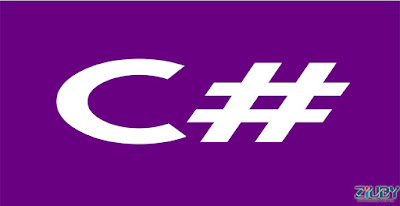By,
Nived
JavaScript’s rising quality has brought with it plenty of changes, and also the face of internet development these days is dramatically completely different. The items that we will do on the net these days with JavaScript running on the server, also as within the browser, were exhausting to imagine simply many years past, or were encapsulated inside sandboxed environments like Flash or Java Applets.
Nived
JavaScript’s rising quality has brought with it plenty of changes, and also the face of internet development these days is dramatically completely different. The items that we will do on the net these days with JavaScript running on the server, also as within the browser, were exhausting to imagine simply many years past, or were encapsulated inside sandboxed environments like Flash or Java Applets.
Before dig into Node.js, you would possibly need to browse informed the advantages of exploitation JavaScript across the stack that unifies the language and format (JSON), permitting you to optimally employ developer resources. As this can be additional a good thing about JavaScript than Node.js specifically, we tend to won’t discuss it abundant here. However it’s a key advantage to incorporating Node in your stack.
As Wikipedia states: “Node.js may be a packaged compilation of Google’s V8 JavaScript engine, the libuv platform abstraction layer, and a core library, that is itself primarily written in JavaScript.” on the far side that, it’s price noting that Ryan Dahl, the creator of Node.js, was reaching to produce time period websites with push capability, “inspired by applications like Gmail”. In Node.js, he gave developers a tool for operating within the non-blocking, event-driven I/O paradigm.
In one sentence: Node.js shines in time period internet applications using push technology over web sockets. What’s thus revolutionary regarding that? Well, when over twenty years of unsettled-web supported the stateless request-response paradigm, we tend to finally have internet applications with time period, two-way connections, wherever each the consumer and server will initiate communication, permitting them to exchange knowledge freely. This can be in stark distinction to the standard internet response paradigm, wherever the consumer perpetually initiates communication. To boot, it’s all supported the open internet stack (HTML, CSS and JS) running over the quality port eighty.
One may argue that we’ve had this for years within the sort of Flash and Java Applets—but actually, those were simply sandboxed environments exploitation the net as a transport protocol to be delivered to the consumer. Plus, they were run in isolation and infrequently operated over non-standard ports, which can have needed further permissions and such.
With all of its blessings, Node.js currently plays an essential role within the technology stack of the many high-profile corporations WHO rely upon its distinctive edges.
In this post, I’ll discuss not solely however these blessings are accomplished, however additionally why you would possibly need to use Node.js—and why not—using a number of the classic internet application models as examples.
The main plan of Node.js: use non-blocking, event-driven I/O to stay light-weight and economical within the face of data-intensive time period applications that meet distributed devices.
One may argue that we’ve had this for years within the sort of Flash and Java Applets—but actually, those were simply sandboxed environments exploitation the net as a transport protocol to be delivered to the consumer. Plus, they were run in isolation and infrequently operated over non-standard ports, which can have needed further permissions and such.
With all of its blessings, Node.js currently plays an essential role within the technology stack of the many high-profile corporations WHO rely upon its distinctive edges.
In this post, I’ll discuss not solely however these blessings are accomplished, however additionally why you would possibly need to use Node.js—and why not—using a number of the classic internet application models as examples.
The main plan of Node.js: use non-blocking, event-driven I/O to stay light-weight and economical within the face of data-intensive time period applications that meet distributed devices.
















